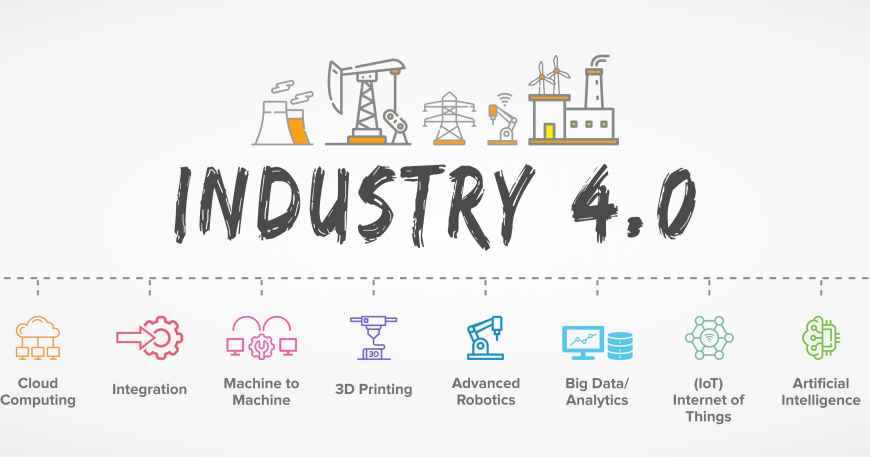Smart factories are playing an increasingly pivotal role in industries’ journey towards digitisation and Industry 4.0. These connected facilities, intertwined with the cloud and the internet, offer an array of communicative advantages. However, the very network connectivity that brings these benefits also opens up a broader surface area vulnerable to digital attacks. Consequently, smart factories have become prime targets for cyberattacks, necessitating robust cybersecurity measures.
The Capgemini Research Institute’s report underscores the significance of this paradigm shift. While Industry 4.0 and the rise of smart factories present considerable benefits, businesses must remain cognizant of the urgent need to fortify their cybersecurity posture. The increased connectivity also means an amplified potential for threats to disrupt operations.
The notorious NotPetya ransomware attack in June 2017 serves as a poignant example. With its epicenter in Ukraine, the attack had far-reaching implications, impacting Europe, the US, and Australia. NotPetya disrupted critical infrastructure, including the Chernobyl radiation warning system, financial institutions, newspapers, and utilities. Maersk, a key player in global shipping, faced tangible disruption as their extensive network was compromised, resulting in over $300 million in damages.
Yet, this isn’t an entirely new challenge. In 2009, the Stuxnet malware manipulated nuclear plant centrifuge speeds, causing chaos. What’s novel is the exponential growth of the Industrial Internet of Things (IIoT). The past few years have witnessed a 23% annual increase in the value of connected manufacturing plant, resulting in over 100 million more connected devices in factories compared to three years ago. The surge in smart machine connectivity correlates with the escalation of sophisticated malware attacks, exemplified by the recent assault on shipping line DNV in January 2023.
Balbix, pioneers in cyber security innovation, advocate several best practices for the manufacturing sector to bolster their defenses:
- Adopt a Risk-Based Security Approach: Link business criticality to defense strategies.
- Maintain Real-Time OT Asset Inventory: Keep an accurate, up-to-date list of all operational technology assets.
- Integrate IT and OT for Defense: Unify IT and OT as a comprehensive defense strategy across all potential attack vectors.
- Address Outdated Systems and Vulnerabilities: Identify and rectify outdated systems, unpatched vulnerabilities, and poorly secured files.
- Prioritise Security in Connected Systems Deployment: Approach the deployment of new connected systems with a security-first mindset.
- Continuous Vigilance with Vulnerability Assessments: Stay vigilant by conducting real-time vulnerability assessments and risk-based prioritisations.
- Regular Security Patch Commitment: Ensure technology suppliers and equipment manufacturers commit to regular security patches and audits.
Threat intelligence acts as an early warning system, unveiling planned attacks and allowing organisations to pre-empt breaches. This is where an independent IT Consultant excels. With internal IT teams and management juggling numerous priorities, outsourcing threat assessment and management to external specialists pays dividends. While headline-grabbing attacks often target large organisations, the bulk of cyberattacks focus on small and medium-sized businesses, seen as less likely to implement preventative measures.
Commstec’s unique people-focused approach positions us to collaborate with your IT and leadership teams, comprehensively analysing the risks and rewards of Industry 4.0. We partner with your external suppliers, guiding you towards the most cost-effective and secure embrace of smart factory opportunities. Secure your free, no-obligation Business Technology review with us today.




